
Light Bulbs: How much do they really cost to run?
Search
Main Article: Choosing the Right Light Bulb: Everything you Need to know
Understanding the Energy Costs of Light Bulbs
The energy costs associated with lighting can add up quickly, impacting monthly electric bills. This guide will help you to understand the different types of light bulbs, their technologies, energy usage, and how to save on electricity costs.
Types of Light Bulbs and Their Technologies
Light bulbs come in various types, each with distinct technologies and energy consumption levels. Here’s a breakdown of the most common types:
Incandescent Bulbs
- Technology: Incandescent bulbs produce light by heating a metal filament until it glows.
- Energy Usage: These bulbs typically use about 40 to 100 watts to produce light.
- Lifespan: They last about 1,000 hours (approximately one year with 3 hours of use per day).
- Annual Cost: Running a 60-watt incandescent bulb for 3 hours daily will cost about $10 to $30 annually.
Compact Fluorescent Lamps (CFLs)
- Technology: CFLs use an electric current to excite mercury vapor, which produces ultraviolet light. This light then illuminates the fluorescent coating inside the bulb.
- Energy Usage: A typical CFL uses about 13 to 23 watts to produce the same light as a 60-watt incandescent bulb.
- Lifespan: These bulbs last around 10,000 hours (approximately 9 years at 3 hours of use daily).
- Annual Cost: Running a 15-watt CFL for 3 hours daily will cost about $5 to $10 annually.
Light Emitting Diodes (LEDs)
- Technology: LEDs produce light through electroluminescence, where an electric current passes through a semiconductor material.
- Energy Usage: LEDs use about 8 to 15 watts to produce the same light output as a 60-watt incandescent bulb.
- Lifespan: They last approximately 25,000 hours (around 23 years at 3 hours of use daily).
- Annual Cost: Running a 10-watt LED for 3 hours daily will cost about $4 to $7 annually.
Halogen Bulbs
- Technology: Halogen bulbs are a type of incandescent bulb that contains halogen gas, which increases efficiency and brightness.
- Energy Usage: They typically use 40 to 70 watts.
- Lifespan: Halogen bulbs last about 2,000 hours (approximately 2 years at 3 hours daily).
- Annual Cost: Running a 70-watt halogen bulb for 3 hours daily will cost around $10 to $25 annually.
Energy Efficiency: Understanding Energy Consumption
When it comes to energy efficiency, some light bulbs are better choices than others. Here’s how they stack up:
- Incandescent bulbs: are the least energy-efficient. They convert only about 10% of the energy they consume into visible light, wasting the rest as heat.
- CFLs: are significantly more efficient, using about 75% less energy than incandescent bulbs. However, they contain small amounts of mercury, which requires careful disposal.
- LEDs: are the most energy-efficient option, using up to 80% less energy than incandescent bulbs. They produce very little heat and have a longer lifespan, making them a smart choice for reducing energy bills.
Example Calculation of Annual Costs
Incandescent Bulbs
- Wattage Range: 40 to 100 watts
- Daily Use (Hours): 3
- Annual Cost: $10 to $30
CFLs
- Wattage Range: 13 to 23 watts
- Daily Use (Hours): 3
- Annual Cost: $5 to $10
LEDs
- Wattage Range: 8 to 15 watts
- Daily Use (Hours): 3
- Annual Cost: $4 to $7
Halogen Bulbs
- Wattage Range: 40 to 70 watts
- Daily Use (Hours): 3
- Annual Cost: $10 to $25
Long-Term Cost Analysis: 20-Year Energy Costs
Total cost of ownership encompasses not only energy costs but also the number of replacement bulbs needed over time, which varies by bulb technology.
For instance, incandescent bulbs require frequent replacements, while LEDs last significantly longer, resulting in fewer bulbs purchased. Here’s a breakdown of the estimated costs to run various bulb types for 3 hours per day over a 20-year period, based on average electricity rates of $0.13 per kWh:
Incandescent Bulbs
- Wattage Range: 40 to 100 watts
- Lifespan: Approximately 1,000 hours (1 year)
- Replacement Bulbs: 20 bulbs needed
- Replacement Cost: $2 to $5 per bulb, totaling $40 to $100
- Total Energy Cost: $200 to $600
- Total Cost of Ownership: $240 to $700
CFLs
- Wattage Range: 13 to 23 watts
- Lifespan: Approximately 10,000 hours (9 years)
- Replacement Bulbs: 2 bulbs needed
- Replacement Cost: $5 to $10 per bulb, totaling $10 to $20
- Total Energy Cost: $100 to $200
- Total Cost of Ownership: $110 to $220
LEDs
- Wattage Range: 8 to 15 watts
- Lifespan: Approximately 25,000 hours (23 years)
- Replacement Bulbs: 1 bulb needed
- Replacement Cost: $5 to $15 per bulb
- Total Energy Cost: $50 to $100
- Total Cost of Ownership: $55 to $115
Halogen Bulbs
- Wattage Range: 40 to 70 watts
- Lifespan: Approximately 2,000 hours (2 years)
- Replacement Bulbs: 10 bulbs needed
- Replacement Cost: $3 to $7 per bulb, totaling $30 to $70
- Total Energy Cost: $100 to $200
- Total Cost of Ownership: $130 to $270
Summary of Total Costs of Ownership
The total costs of ownership over a 20-year period reflect the significant differences between bulb types:
- LEDs: $55 to $115
- CFLs: $110 to $220
- Halogen Bulbs: $130 to $270
- Incandescent Bulbs: $240 to $700
Learn more about Light Bulbs
The different types of light bulb technologies
Choosing the right light bulb base for the socket
How to safely screw in various kinds of light bulbs
The different shapes of light bulbs
Smart Bulbs, their benefits and features
How to find the brightness of a light bulb
The different colors of bulbs, warm white, cool white and more
What are Full Spectrum and Natural Daylight bulbs?
What is Color Rendering Index (CRI), and why does it matter
How to avoid glare and harsh light
Wattage, what is it and does it matter?
When light bulbs get hot take safety precautions
How long do they last and when will they need replacing
How much do they really cost to run?
Explore Topics

Table of Contents
Light Bulbs: How much do they really cost to run?Understanding the Energy Costs of Light BulbsTypes of Light Bulbs and Their TechnologiesEnergy Efficiency: Understanding Energy ConsumptionExample Calculation of Annual CostsLong-Term Cost Analysis: 20-Year Energy CostsLearn more about Light BulbsCommentsShopping Ideas
Trending
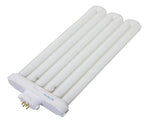
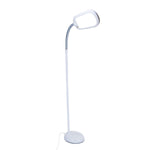

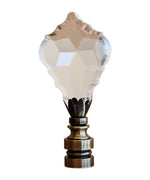

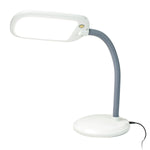




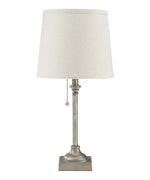


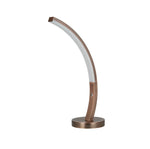
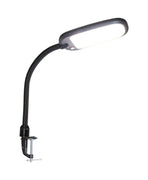


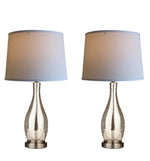
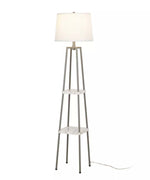










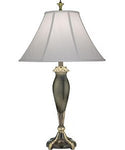

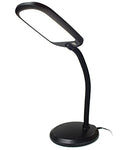


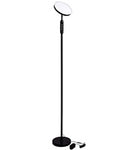

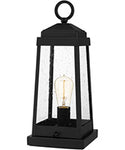
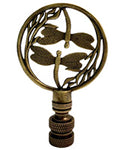
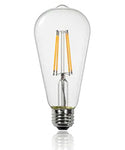
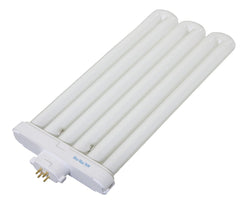
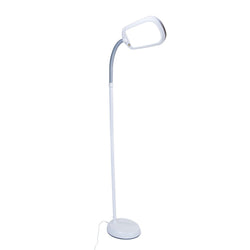
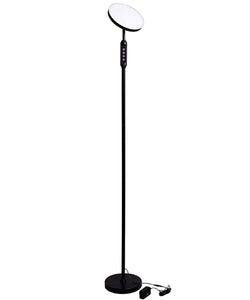
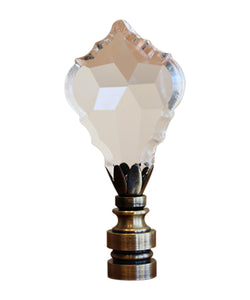
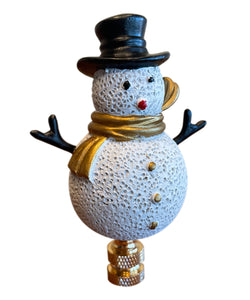

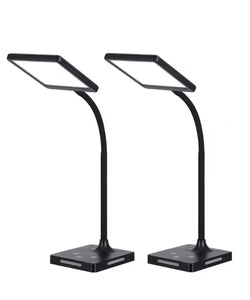

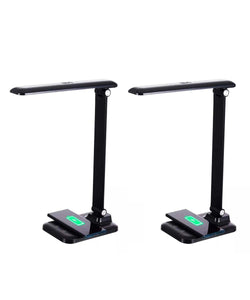


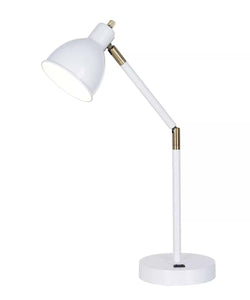
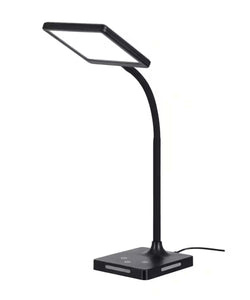

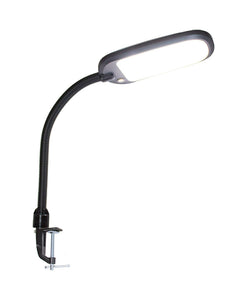

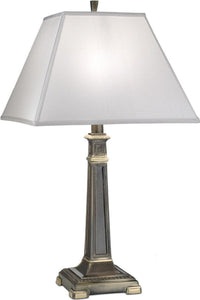

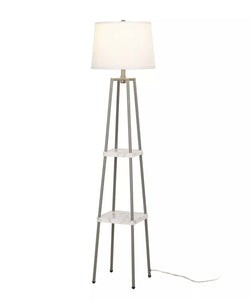
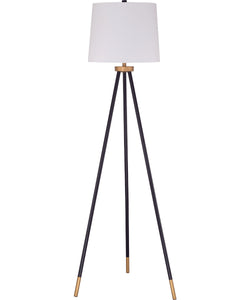
Comments